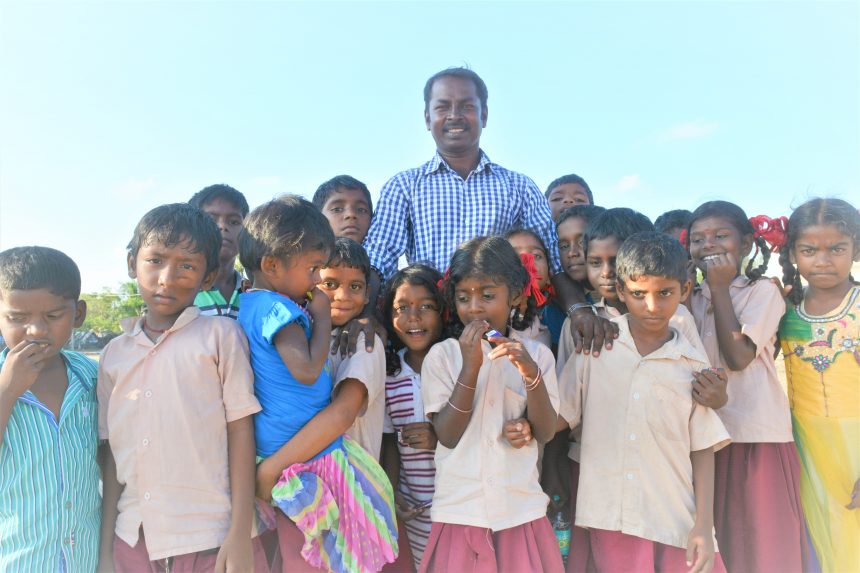As per the child rights charter, a universal definition of “child” includes all persons under the age of 18.
40% of India’s population is below the age of 18 years which at 400 million is the world’s largest child population.
Facts on Education :
- Less than half of India’s children between the age 6 and 14 go to school.
- A little over one-third of all children who enroll in grade one reach grade eight.
- At least 35 million children aged 6 – 14 years do not attend school.
- 53% of girls in the age group of 5 to 9 years are illiterate.
- In India, only 53% of habitation has a primary school.
- In India, only 20% of habitation has a secondary school.
- On average an upper primary school is 3 km away in 22% of areas under habitations.
- In nearly 60% of schools, there are less than two teachers to teach Classes I to V.
- On an average, there are less than three teachers per primary school. They have to manage classes from I to V every day.
- High cost of private education and need to work to support their families and little interest in studies are the reasons given by 3 in every four drop-outs as the reason they leave.
- Dropout rates increase alarmingly in class III to V, its 50% for boys, 58% for girls.
- 1 in 40, primary school in India is conducted in open spaces or tents.
- In Andhra Pradesh (South India), 52 upper primary schools were operating without a building in 2002, while in 1993, there were none.
- In Maharashtra (West India), there were 10 schools operating without a building in 1993, this has climbed to 33 in 2002.
- More than 50 per cent of girls fail to enroll in school; those that do are likely to drop out by the age of 12.
- 50% of Indian children aged 6-18 do not go to school
Source: 7th All India Education Survey, 2002
Message to supporters:
- We encourage all our donors to visit our project locations and see the impact their contributions help us to make in children’s lives. Please contact us
- In the period 2019-2021, we will reach 4 million of the most deprived children
- Help us spread awareness about the causes and keep supporting us
- We are relentlessly advocating for better policies for children and working with Government programs, engaging with children and their communities and working to change the social ecosystem to meet our goals for children.


Leave a Reply